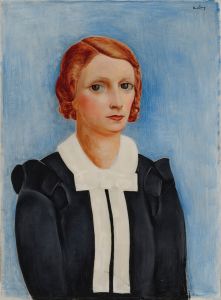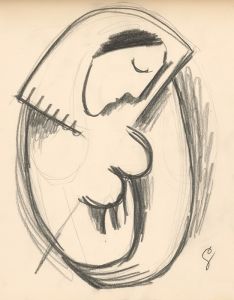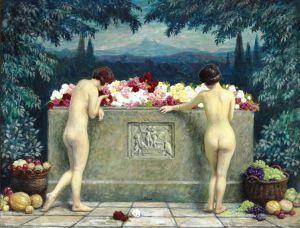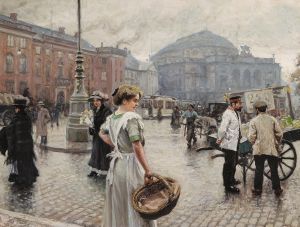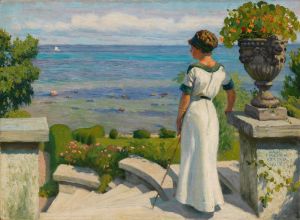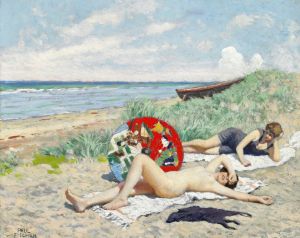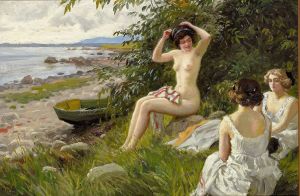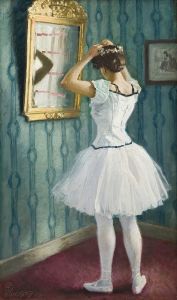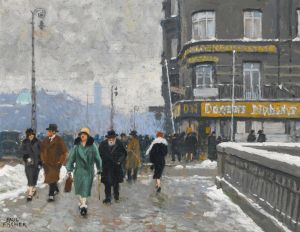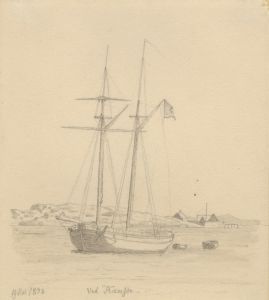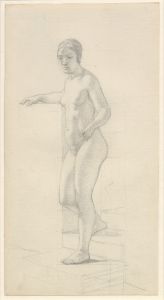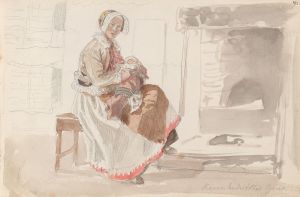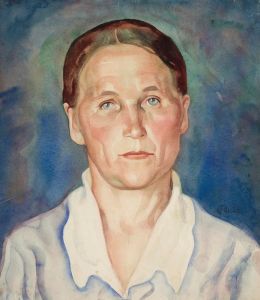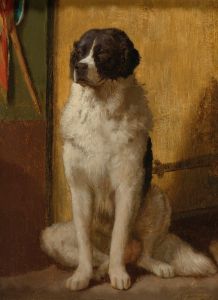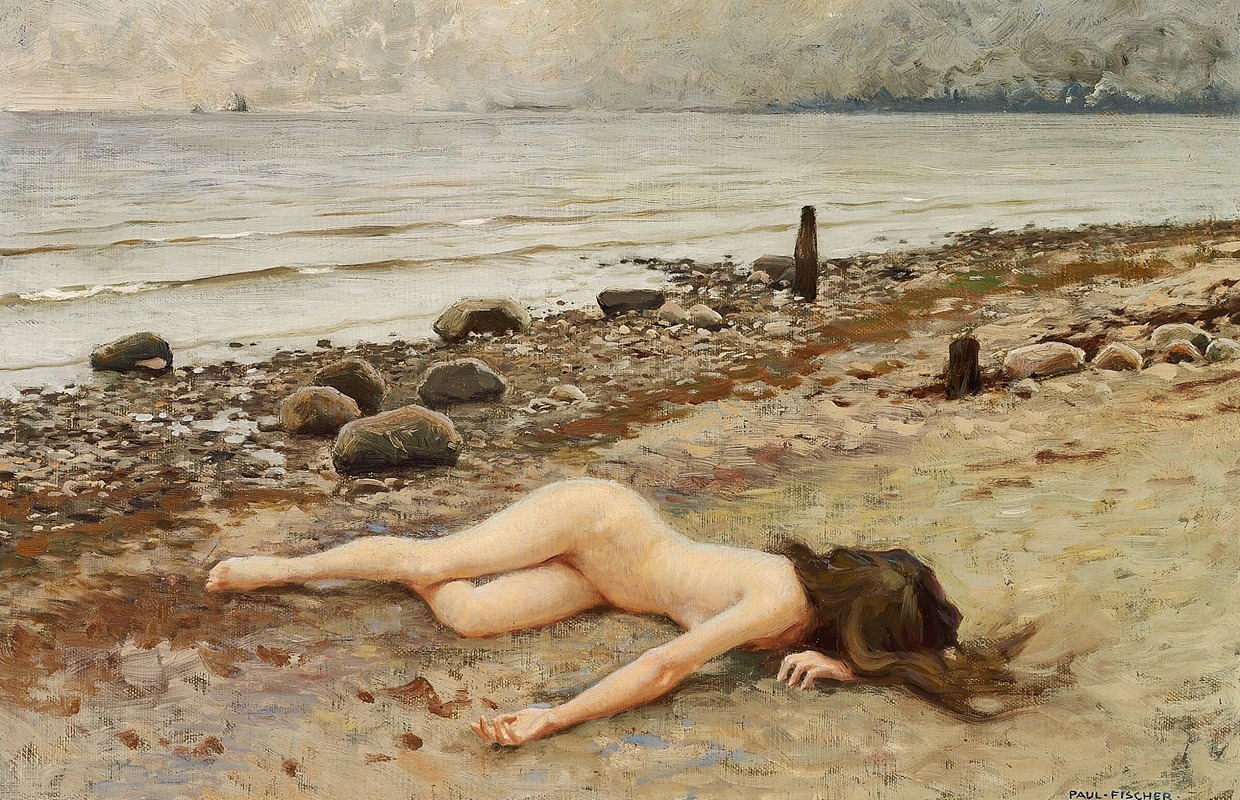
Vraget
A hand-painted replica of Paul Fischer’s masterpiece Vraget, meticulously crafted by professional artists to capture the true essence of the original. Each piece is created with museum-quality canvas and rare mineral pigments, carefully painted by experienced artists with delicate brushstrokes and rich, layered colors to perfectly recreate the texture of the original artwork. Unlike machine-printed reproductions, this hand-painted version brings the painting to life, infused with the artist’s emotions and skill in every stroke. Whether for personal collection or home decoration, it instantly elevates the artistic atmosphere of any space.
Paul Fischer was a Danish painter known for his vibrant depictions of city life, particularly in Copenhagen. Born on July 22, 1860, in Copenhagen, Fischer was part of a Jewish family and initially trained in his father's lithographic workshop. He later attended the Royal Danish Academy of Fine Arts but left after a short period to pursue his own artistic path. Fischer's work is characterized by its detailed and lively portrayal of urban scenes, capturing the essence of everyday life in Denmark during the late 19th and early 20th centuries.
One of Fischer's notable works is "Vraget," a painting that exemplifies his skill in capturing human emotion and interaction. The title "Vraget" translates to "The Rejected" in English, suggesting a narrative of social or personal exclusion. The painting is a poignant representation of human relationships and societal dynamics, themes that Fischer often explored in his work.
"Vraget" is set against the backdrop of a typical Danish urban environment, showcasing Fischer's keen eye for architectural detail and atmospheric perspective. The composition of the painting is carefully arranged to draw the viewer's attention to the central figures, whose expressions and body language convey a sense of tension and emotional depth. Fischer's use of color and light enhances the mood of the scene, with subtle contrasts highlighting the emotional undertones of the narrative.
Fischer's ability to depict the nuances of human interaction is evident in "Vraget." The painting reflects his interest in the social fabric of urban life, capturing moments of connection and disconnection that resonate with viewers. Fischer's work often includes elements of storytelling, inviting the audience to engage with the characters and imagine the circumstances that led to the depicted moment.
Throughout his career, Fischer was influenced by the Impressionist movement, which is reflected in his use of light and color to convey atmosphere and emotion. However, he maintained a distinct style that combined Impressionist techniques with a more structured approach to composition and detail. This blend of influences allowed Fischer to create works that were both visually appealing and rich in narrative content.
Fischer's paintings, including "Vraget," are celebrated for their ability to capture the spirit of the times and the essence of Danish culture. His work provides valuable insights into the social and cultural landscape of Denmark during a period of significant change and modernization. Today, Fischer's paintings are held in high regard and can be found in various museums and private collections, where they continue to be appreciated for their artistic merit and historical significance.
In summary, "Vraget" by Paul Fischer is a testament to the artist's skill in portraying the complexities of human relationships within the context of urban life. Through his detailed and emotive style, Fischer invites viewers to explore the narratives embedded in his work, offering a glimpse into the social dynamics of his time.





